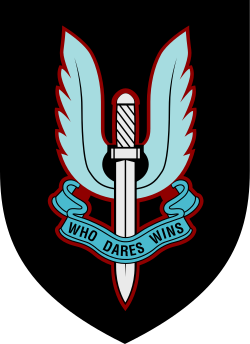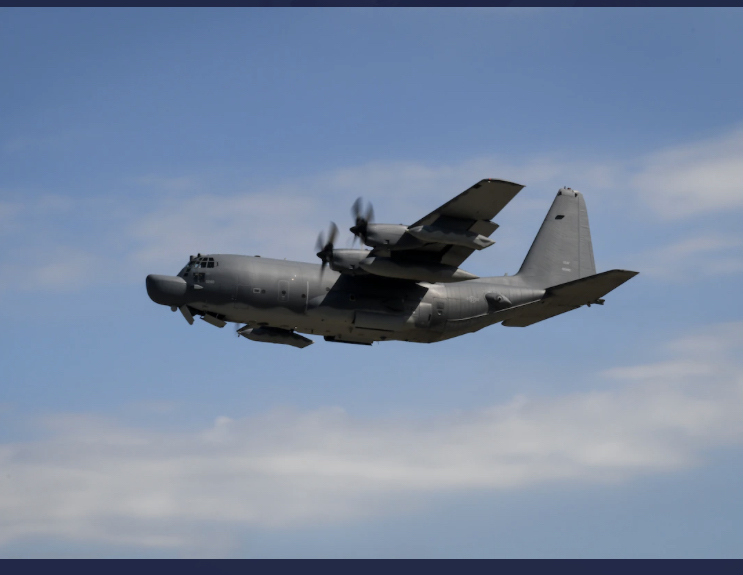Many years ago when I was young soldier in the 1970’s I had volunteered from my parent corps of Royal Engineers ( 9 Independent Parachute Squadron R.E ) for special forces selection at Hereford, Herefordshire, England.
Selection was a rigorous process and I choose the summer selection course of 1976. Selection for the Special Air Services Regiment is open to all arms throughout the military. Be they soldiers from the army or Royal Marines from the navy or Royal Airforce personal from the RAF regiment.
Selection or the first phase is over 4 weeks and is primarily about overland navigation set in South Wales over the Brecon Beacon’s . Hereford which is a relatively short truck drive away from Wales.
At the beginning of the course they are many budding recruits to become special forces soldiers. The early stages were to develop map reading skills using a ordnance survey map and silva compass.
It started off relatively easily you had to carry a Bergen backpack which on each and every training march got slowly heavier and heavier.
The overland marches got slowly longer and longer. After 3 Weeks the budding SF recruits got less and less and they usually dropped out themselves basically they couldn’t “hack it”anymore.
The final week was called test week and each march or TAB ( tactical assault to battle) was timed and you left the start point on your own with approximately 15 minutes intervals between you and the next soldier. You had to carry out the marches on your own.
The marches got longer and more demanding over higher mountainous terrain and your Bergen got heavier and heavier. The permanent staff instructors weighed your Bergen at each check point throughout the march to see if you carrying the prescribed weight for that match
Each march had designated name such as sketch map or pipeline, and the final march was called endurance which was 60 kilometres over the Brecon Beacons. Endurance if I remember correctly took me about 20 hours all told. Carrying a heavy Bergen and a rifle.
(civilians replicating the endurance march)
The secret with endurance is to keep going at a constant steady pace. As they use to say in squaddie parlance “ head down arse up”
Once you passed test week you went onto continuation training that lasted another 4 months or so. Various exercises mainly at night across various terrain and skill at arms, and other skills such as combat survival and jungle training.
The staff closely monitored the trainee special forces soldiers to watch for moral resilience and general attitude.
Fortunately I passed all my skills and tests and was badged at the end of course badged means being able to wear the sandy brown beret and the winged dagger cap badge. With the motto “ Who Dare Wins”

“Who Dare Wins”
The “Who Dare Wins” motto I would say as an offshore ocean long distant solo sailor typifies for me what that motto stands for…. Basically you have to dare yourself to win through no matter whats thrown at you along the way.
After all this basic SF training I joined one of the Sabre Squadrons and volunteer for air troop. What’s air troop? Air troop specialises in high altitude free fall jumping from a military transport aircraft from about 25,000 feet in the day but more specially at night wearing oxygen equipment full fighting equipment and a Bergen backpack strapped to your harness behind your backside.
Before getting to that level of expertise you had to start from the basics. I already had my basic parachute static line wings from my time with 9 Para Squadron R.E. Basic static line parachute jumping is the standard way to insert airborne forces on to the battlefield.
Jumping from a Hercules C130 at about 800 feet. The military did jump lower than that in combat conditions means less time under the parachute canopy from leaving the aircraft to landing on the ground.
But HALO is quite different you have to learn how to free fall in the semi frog position. This position makes you stable over a bubble of air. Like in fairground when ping pong ball rests on plume of water. In the semi frog position you create air under you.
Yes you can track away by going into a delta shape. But you’re always in free fall falling at terminal velocity.
One of the first things we learned if you became unstable you had to go into delta shape. Arms and legs swept back and arch in your back which brought you back into a stable position facing downwards.
It’s easy when jumping with equipment to get into a spin and go on to your back which is dangerous for a red out similar to a black out. Going into the delta position was critical to stop you spinning.
On one of my full equipment night descents carrying a rifle and a bergen I did get into a bad spin, pretty scary but I eventually got into thr delta position which stopped the spinning.
Phew I thought and I told the parachute jump instructor after I landed on the DZ and he said “no problem get straight back up again for your next jump you’ll be fine”!
The Royal Airforces No 1 Parachute school at Brize Norton Oxfordshire, where we did all our ground training from Brize Norton airfield we flow to Weston on the Green for lower altitude jumps from 12,000 feet but the HALO jumps where done over Salisbury plane at fox covert drop zone from between 25/30,000 feet from that height you can see the camber of the earth.
Evidently the HALO I believe is now done abroad in the US due to much more reliable weather conditions.
After training we did fast glide exercises from RAF Lyneham, Wiltshire which was the home of the C 130 air transport wing.
Jumping with full equipment from a tail gate at night doing a dive exit is quite an exciting experience especially jumping with other free fallers and door bundle.
I remember when I went out to New Zealand with Kiwi SAS we did a big special forces exercise with other special forces soldiers were we jumped not with the RAF military tactical parachute but US sports parachute and we weren’t using height finders they automatically open the parachute at 2,500 feet.
We had to use the rip cord on the sports parachute which weren’t designed for military parachute jumping with your military equipment. The parachute was called the para commander when I went in for the ripcord pull I became unstable and when the canopy opened I had a blown Periphery which is one of the rigging lines going over the top of the main parachute canopy that meant the parachute looked like a bra with two cups. I was falling much faster than I should of I needed to cut away by releasing my main parachute and deploying my reserve parachute which I did in double quick time.
I had to lower my equipment below me on a tether line. Before I hit the ground I let my bergen go by releasing my tether line and my Bergen dropped away to the ground below. I was off the drop zone over soft boggy ground and I had to dig out my Bergen as it sank deeply into the soft boggy ground when it hit the deck. I thought crikey that could of been me!
The Guys on the DZ said they were amazed how quickly I deployed my reserve once I’d cut away from my main canopy. The great thing about the military is how they Drill safety procedures into you by constant repetition.
So when the “shit hits the fan” you instinctively know exactly what to do.


We didn’t have luxury of wind tunnel free fall practice facility when I learnt to free fall it was straight up to 12,000 feet and away you go with an instructor. My instructor said I looked like praying mantis! That stuck in my mind every jump afterwards! I believe now the parachute regiment pathfinders ( they are the ones who mark out the drop zone for the main parachute troops) plus SAS free fallers now go out to the US Armies free-fall school at Yuma Arizona for the guaranteed good all year round weather conditions. US Military is absolutely huge in a way they are the stalwarts of democracy. All I can say is god bless the Americans! I’m one hundred percent sure every Ukrainian soldiers says the same thing fighting the Russians.
Since I left the army all those years ago equipment, clothing and weapons have moved on in leaps and bounds. But doesn’t matter what equipment you have it’s what’s on the inside that counts. Soldiering is a state of mind. Even now at the age of nearly 71 I can still push myself when I have to especially when solo sailing, sometimes you have dig in deep to get those extra reserves to keep going when you’re exhausted . No matter what weather conditions nature might throw at you. You have to simply get on with it no matter what !